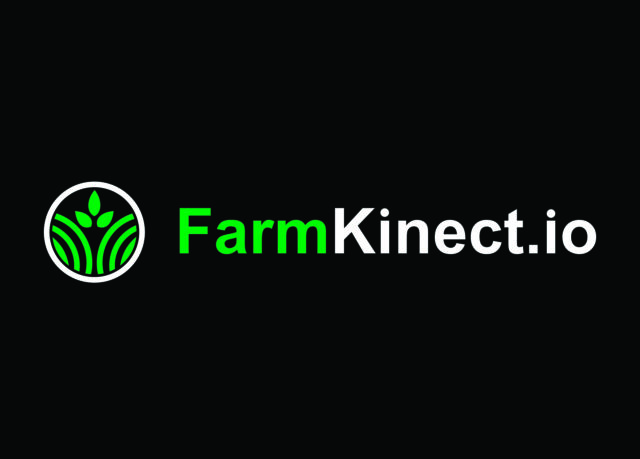A survey of 59 North American corn silage samples from across the U.S. and Canada from September to November 2014 were tested for mycotoxin contamination through Alltech’s 37+ mycotoxin analysis, finding an average 6.1 mycotoxins per sample.
Based on results of the 2014 corn silage harvest, the mycotoxin risk level for dairy cows is high.
After examining more than 90 peer-reviewed papers on the cost implications mycotoxins can have at a similar risk level, it was calculated that cows may produce 3.5 pounds (1.6 L) of milk per day less when consuming mycotoxins.
Additionally, milk somatic cell count (SCC) was shown to increase by 39 percent. With this loss of performance, the reduction in profitability per cow is an estimated decrease of $1.54 per day.
Deductions in milk yield and rising SCC numbers may not be observable on a daily basis, but producers will notice the difference in production at the milk tank. Many times it is not an acute case that can be readily identified but a chronic situation associated with the ingestion of a low level of mycotoxins over an extended period of time.
This results in a wide array of subclinical symptoms that slowly reduce performance, eat away at the producer’s bottom line and compromise animal health.
Mycotoxins, harmful toxins produced by molds, can create a variety of health problems for animals depending on species and type of toxins identified. Reduced milk production, impaired reproduction and immune suppression in cows are possible effects of mycotoxicoses.
The survey sets the baseline for forage quality when producers start feeding the 2014 crop. The crop condition at harvest and the storage environment (temperature, oxygen, moisture) will determine if these levels rise during storage and increase risk to cows.
Over the past two years, stored forages have increased in risk over the feeding year, and this risk needs to be monitored.
How do these toxins get into bins? In any fermentation storage system, temperature and the presence of moisture is sufficient for toxin production. However, oxygen is the actual component that turns mycotoxin production on or off during storage.
The amount of mycotoxins in contaminated silage samples increases as the ensilement method changes from airtight, upright silos to concrete-capped and uncapped silos. The highest forage concentrations of mycotoxins are found in horizontal storage methods such as bunker silos and feed piles, which are left open to oxygen.
Where greater amounts of mycotoxins are found, poor management of the upright or bunker silo has resulted in oxygen entering stored feed. In scientific studies, well-managed bunker silos, covered with plastic and weighted with tires, did not have significantly greater levels of mycotoxins than well-managed upright silos.
In a plastic-covered storage system, oxygen penetration is slowed but not eliminated. The longer the silage is stored, the greater the opportunity for significant fungus growth and mycotoxin contamination.
Silage and stored feed are perfect energy sources, so producers, nutritionists and veterinarians should be aware of storage molds, particularly the Penicillium species, because of their ability to impact rumen function.
Here is a checklist of some other items to consider when storing feed this winter:
- Check grain for mold growth regularly.
- Patch any holes in bins, plastic covers, bags or wrapped bales as soon as possible.
- Discard obviously spoiled feed or layers of feed.
- Evenly cool grain in the bin during a mild winter. Coring takes one or more truckloads of corn from the bin and levels the crop that remains. This process removes the fine materials that settle in between and fills air pockets between kernels.
- Clean out leftover feed from feeding bunks regularly.
- Ensure sufficient and consistent air movement in the bin.
- When confronted with a toxicity problem, stop feeding the contaminated feed.
- In consultation with your veterinarian or nutritionist, consider the use of a mycotoxin adsorbent to be mixed with the feed. A modified yeast cell wall extract that is a natural fiber source can often be used at practical levels of inclusion.
Producers should be proactive in monitoring mycotoxin presence and levels and incorporate a mycotoxin management program.
The main objective is to continually monitor the stored grain for temperature and moisture, to check for mold growth and analyze for mycotoxin production prior to feeding, and be aware of the effects of multiple mycotoxins. PD
Max Hawkins holds a Ph.D. in animal science from the University of Tennessee and currently serves as a nutritionist on the Alltech mycotoxin management team.

Max Hawkins
Nutritionist
Alltech







